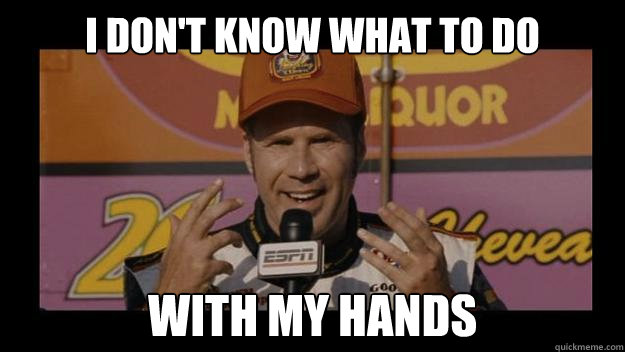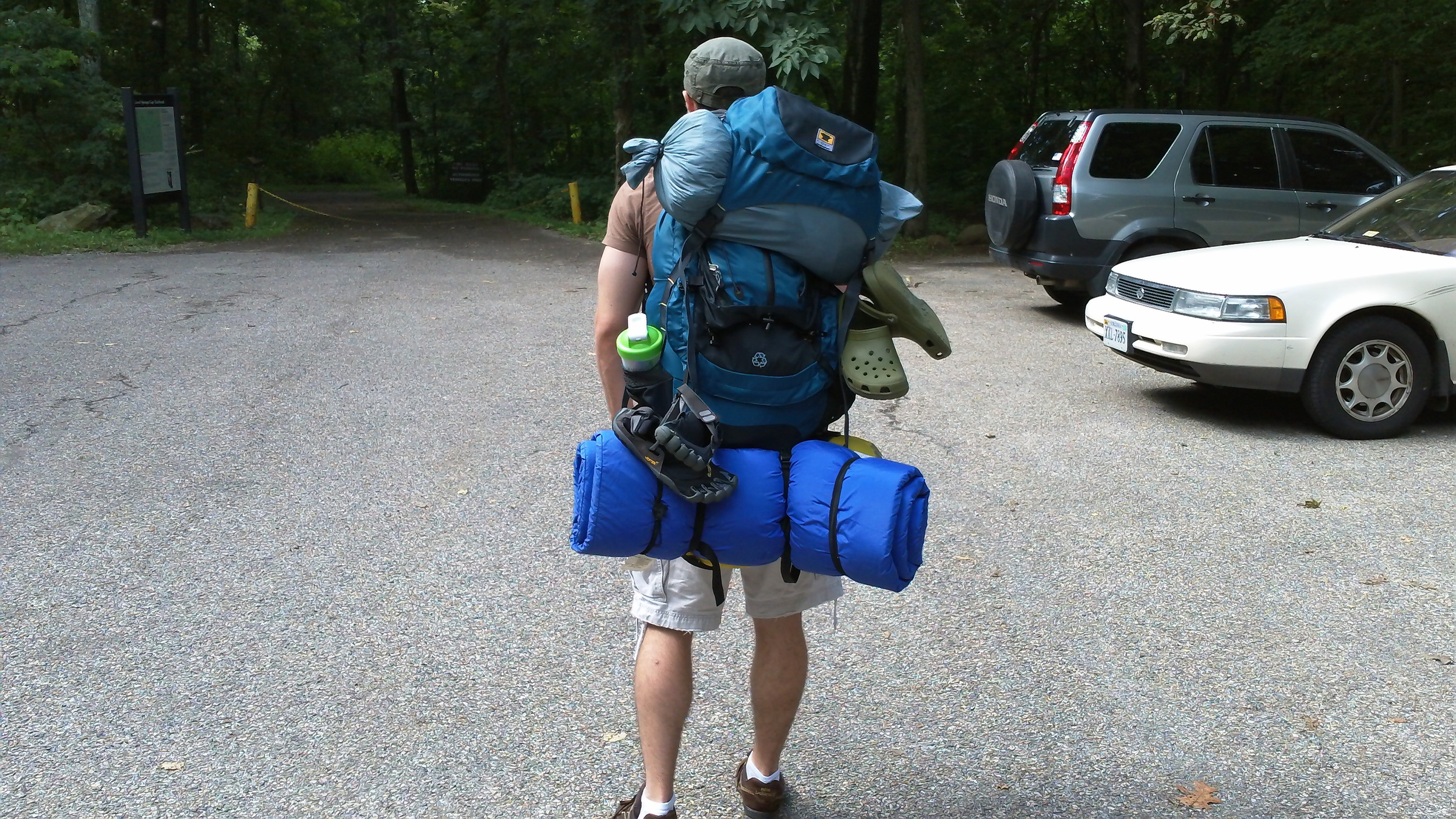Squat Grip Revisited
I still feel people aren’t grasping the importance of a proper squat set up in regards to the upper body. The whole movement starts from the upper body so to have that first line of defense be lackluster will undoubtedly make the entire lift suffer. The goal of the upper body during the squat is to be as tight as possible; engaging every muscle from the scapular retractors all the way to the spinal erectors and everything in between. I will inform you now that using a grip with a “bent” or “lazy” wrist position will prevent your squat from being all that it could be. Failing to straighten the wrist during a squat will cause a failure to engage all necessary musculature equaling out to “force leaks” both in the eccentric and concentric portions of the lift. I have posted the video below before but I figured I would post it again to show people how to use a different type of squat grip in order to overcome mobility problems to achieve a straight writs position. Check it out again!
It All Starts With the Grip
I decided to give my on camera prowess a go today and talk about an awesome squat grip. It’s a thumbless, pinkyless grip that I’ve seen great results with. I learned this from a strength coach that I used to work under who currently trains at Tampa Barbell. I suggest giving this a shot if your shoulder and t-spine mobility is as bad as a T-Rex. Lay off me about my on camera ridiculousness; I felt like Ricky Bobby, wasn’t quite sure what to do with my hands. 
[vsw id="EsoWv6qwZ7c&feature=autoplay&list=UUKSYQ75Buogznl62rdbks2Q&lf=plcp&playnext=1" source="youtube" width="425" height="344" autoplay="no"]
On another note, I am preparing for my first geared (single-ply) meet in April. In all my other competitions I have competed raw and really had no idea how different lifting in gear would be. I got my bench shirt in the mail the other day and decided to try it out. Needless to say, it was rough. And after trying it out I don’t want to ever hear people say using gear is easier, it’s not. Out of all the things I’ve done in the weight room it was by far the hardest and most taxing. My bench shirt repeated yelled at me, “I PWN NOOBS”. Check out the video of my epic fail; couldn’t even get it to my chest.
[vsw id="0TQ5LNXlvMM&list=UUKSYQ75Buogznl62rdbks2Q&index=1&feature=plcp" source="youtube" width="425" height="344" autoplay="no"]
Develop a big league rotator cuff…
Check-out the videos below of a couple of our minor league baseball guys finishing up their training session with some grip and rotator cuff work.
Any deadlift/farmers walk variation will be improve rotator cuff strength through irradiation. Cook and Jones popularized this term, and many others have trumpeted it, so I’m not passing it off as my own. As the guys are “squeezing the snot” out of the trap bar all the nerves get jacked-up along that chain forcing the cuff muscle to pack and support the shoulder into a properly retracted position. The offset component makes it a “two –for” as we throw a little core stability at them simultaneously.
The medball on the wall drill, where they’re tracing the alphabet, is a predictable rhythmic stabilization drill where again, they’re packing the shoulder blades, and using the cuff muscles to stabilize the humeral head. You can increase the difficult of these drills by incorporating gentle perturbations, making them less predictable.
The sledge leveraging drills for are for forearm strength, and conditioning of the wrist and elbows.
A lot more than just sleeper stretches and full cans,
Chris
The Only Tool You Need for New PRs
Want to instantly improve your total body strength with a simple piece of household equipment? Read on.
The first thing I noticed when I walked into SAPT for my initial interview was that all of the athletes seemed to have a towel in hand. Looping them through kettlebells, wrapping them around barbells, hanging them over pullup bars, you name it, the towels were being used for it. As I walked through the facility, a high school guy nearly ran me over as he scurried across the room holding a towel looped through few kettlebells.
Didn’t take me long before I looked at the President of SAPT and asked her:
“So, uh, what’s with all the towels?”
Continue Reading....
(The link above takes you to my most recent OneResult article)
Suitcase Carry: An Exercise I like (and you should, too).
This past weekend I decided, spur-of-the-moment, to take a backpacking trip with a couple good friends of mine. It was incredible, to put it mildly. We loaded up our packs and took them for a 2-day journey along the Appalachian Trail in the Shenandoah. As evening approached, we found a great place near an overlook to pitch our tents. The picture at the top is a photo I snapped of our view of the sunset. As I was hiking along, I was quickly made aware that walking for two days - over uneven terrain with a 40lb pack on your back - makes for a pretty awesome workout. My traps, glutes, hamstrings, and cardiovascular system were all telling me that, just because I was away from the gym for a weekend, didn't mean I was going to get away with time off. To left is a picture snapped just before the start of the journey.
However, the point of this blog post isn't to tell you about my hike, the bears I slayed with my bare hands (they made the first move and attacked first, ok), or the damsels in distress I rescued along the trail. The point of this post is to give you a phenomenal exercise you can do in just about any gym. It isn't anything new, but my hike over the weekend reminded me just how much I love carry variations (due to the pack I carried throughout the trip), and how great they are for you.
The Exercise
Enter the Suitcase Carry. This will hammer your core (emphasis on the obliques and quadratus lumborum), along with your traps, deltoids, forearms, and ankles. Yes, the ankles.
It's tough to truly appreciate this exercise until you try it. See the video below of Ron performing the exercise:
How to Do It
You won't reap or feel the benefits of this exercise unless you walk with as perfect posture as you can. The key is to stand TALL. Your hips are going to naturally drift toward the weight, so do as best as you can to keep the hips from shifting. Shoulders "back and down," and stick your chest out as if your flaunting your stuff at the beach.
Why I Like It
One of the reasons I like this exercise so much is that most of you can do it in nearly any gym, and it kills multiple birds with one stone (see the benefits listed above the video). Just grab a heavy dumbbell, stand straight, and walk for 50-100 yards. Then switch sides. Even if you only have ten yards of space to work with, you can walk back and forth until you reach your target distance. You can use a heavy dumbbell or kettlebell for this. Yes, in the video, Ron has two kettlebells tied together with a towel because we're cool like that.
How much weight or how far should you go? As Dan John put it: You can either carry light weight for long distances, or heavy weight for short distances. I prefer heavy weight for long distances.
We've been doing this exercise for a few years but primarily using a "towel grip," during which you hold a towel looped through the kettlebell. While this is a perfectly good variation, I like tossing in the towel-free version as it takes a bit of stress off the grip (thus your grip will no longer be the limiting factor) and places more of the tension throughout the other areas of the body.
You know when you see people in the airport nearly toppling over to the side because their suitcase is so heavy? It's primarily because their core can't effectively buttress the weaker joints throughout the body. Don't be that guy.
4-Weeks to a Stronger Total Body
That’s a short amount of time to make some big gains, I’ll admit. But for much of the population adding a grip strength specialization routine to their regular training program can result in significant gains on all of their lifts. Why is improving grip strength so effective? Basically, grip strength tends to be the “weak link” for recreational lifters and athletes alike and, thus, a lot of extra neural activity is wasted in the direction of controlling the grip musculature that can be more effectively directed towards the large muscle groups (think about the deadlift… what fatigues first? Your legs, your back, or your grip? The last thing you should notice fatiguing is your grip). So, spend a handful of weeks crushing your grip and you should quickly notice the following benefits:
1. For most men, another 3-5 reps squeezed out on pulling movements like body weight pull-ups and for most women, another 1-2 reps. 2. The perception of easier deadlifting and – gasp – even squatting! You heard it hear first, folks, a stronger grip will give you a bigger squat, too! 3. A slight bench press PR… it might show up in the form of a repetition PR or a max PR, I’m not sure. But you’ll get a PR, I promise. Want to test this one out? Set up a bench press with just the bar, for the first 5 repetitions lightly grasp the bar and notice how it feels. Then reset and this time squeeze the bar as if your life depends on it. What do you notice now? Something you already though was easy is now way easier and those nagging issues with shoulders and wrists often clear up like magic.
You’ll even get injury prevention benefits for the elbow and shoulder directly from increased and focused grip training. Plus, if you want to include the numerous injury prevention benefits that will come from increasing load and proficiency on the lifts I noted above, you only have to ask yourself… “How fast can I get some heavy fat bar holds going on?!?”
 At SAPT, grip training is a regular portion of our programs and can be found in forms both direct and indirect. Here are a few examples of some of our favorite direct grip exercises:
At SAPT, grip training is a regular portion of our programs and can be found in forms both direct and indirect. Here are a few examples of some of our favorite direct grip exercises:
• Farmer’s Walk variations with a towel hold. • Kettlebell or plate pinch (squeeze as if you’re trying to ring water from the iron). • Sledge Leveraging. • Sledge Finger Walks (not for the faint of heart). • Barbell Holds – one of my personal favorites for the rowing team at Mason – just load up a barbell and hold with perfect posture for time.
Consider spicing up your routine and your fast tracking your strength gains by adding in some direct grip work – and for goodness sake, if you know what “straps” are, throw them away!









